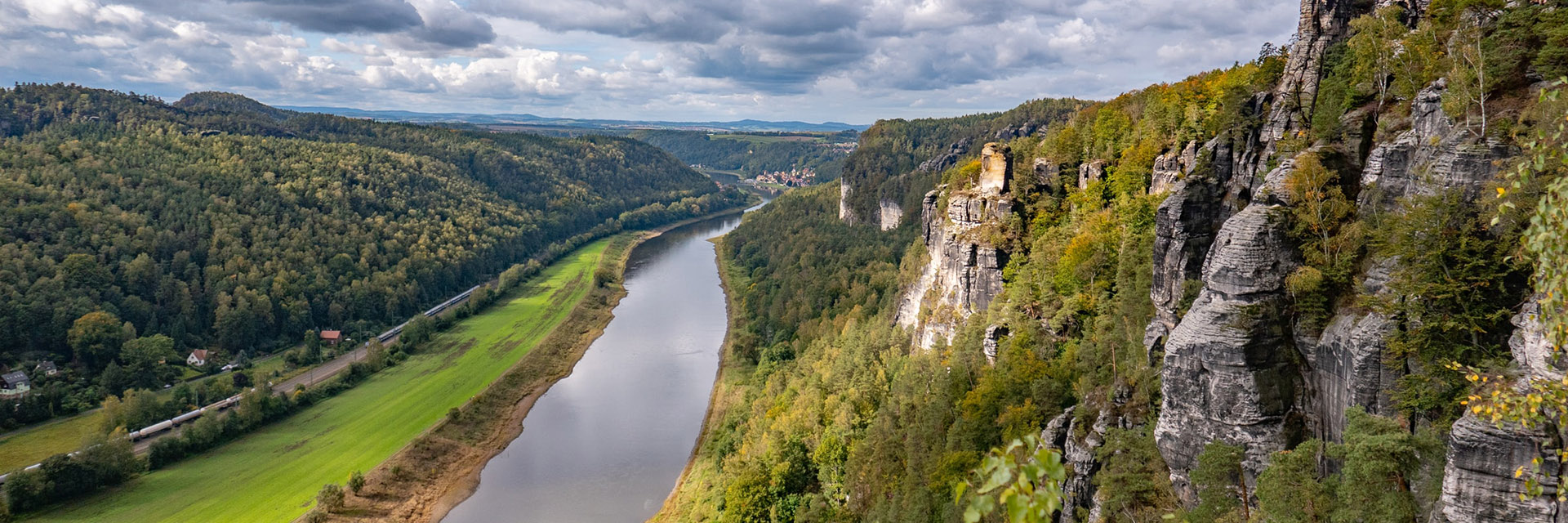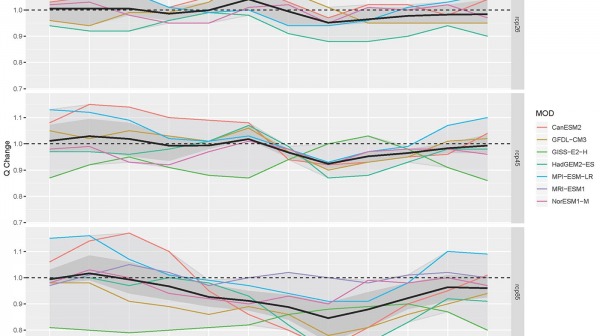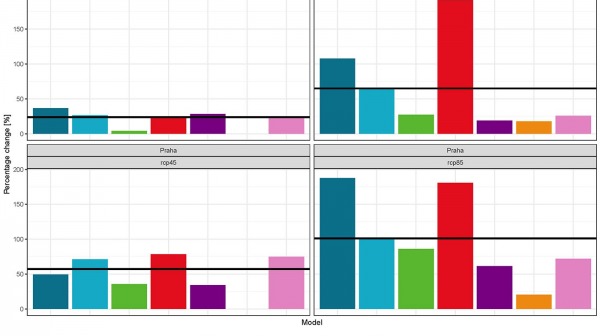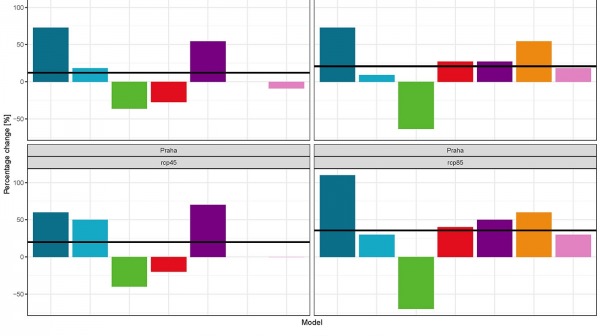Project background
In Germany and the Czech Republic, anthropogenic changes such as reservoir construction, coal mining, deforestation, and land use change took place in the Elbe basin during the 20th century. In addition, changes in hydrometeorological conditions were observed due to ongoing climate change. All of this affects the runoff regime.
Project aims
The aim of the project was to examine changes in the runoff regime in the Elbe river basin during the 20th and early 21st centuries, and to quantify the degree of influence according to individual factors. Furthermore, to estimate the development of the runoff regime in the 21st century based on variant scenarios of climate change models and try to quantify the uncertainties of these estimates.
Project methodology
First, seven pilot river basins were selected – representatives of individual factors that dominated in a particular river basin. Changes in the observed data were identified and subsequently their influence on the runoff regime was determined by modelling the hydrological balance. A semi-distributed hydrological balance model was created in the Elbe river basin up to Děčín, which uses surface water bodies as a calculation unit. Thanks to the model, it was possible to simulate a quasi-natural runoff from the basin. Using variant modelling, changes in the runoff regime for individual factors, including climate change, were identified and quantified.





